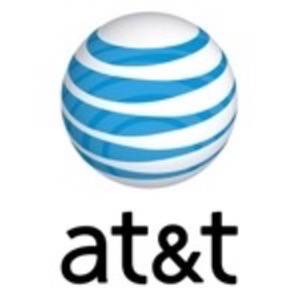AT&T may be instituting a “pay to play” program for mobile app developers in the next year in which publishers would pay for the bandwidth consumers use on their mobile apps. The Wall Street Journal reported today that AT&T’s head of network and technology John Donovan compared the service to “toll-free calling for the mobile-broadband world.” The report was not specific on the details of the program.

We reached out to AT&T but the carrier does not have details of the proposed plan and declined to comment. That leaves a lot of questions to be answered. Will the program be mandatory? Will it be opt-in for publishers looking to push bandwidth-intensive apps? While the program could be a win for consumers, developers may not come out quite as lucky.

Dual-Sided Pricing
GigaOm’s Stacy Higginbotham points out that this would be an attempt by AT&T to get a dual-sided pricing model for AT&T’s bandwidth. That means that AT&T would be able to make money off both consumers paying for data as well as the content that is flowing over the pipes. AT&T would still charge consumers for their normal data plans but potentially offset their bandwidth use by charging developers.
For consumers, this would be a short-term win. What if you could stream all the music or video that you wanted and not worry about your data cap or getting throttled? That would make using Spotify and Netflix on the fly much more data friendly. IntoMobile describes a scenario in which ESPN could offer game feeds of live sporting events and pay for the bandwidth. There are many possibilities for consumers to enjoy great data-intensive apps without worrying about bandwidth limits.
On the other hand there are the developers. Nothing in life is really free. If Spotify is forced into using this program by AT&T could it afford to keep its current pricing? At $10 a month for mobile usage, it is already one of the pricier options for music streaming. It could be even worse for Netflix, perhaps the most data intensive apps for users not streaming over Wi-Fi.
The question is how AT&T will institute the plan. If it is mandatory for all developers, that is an extra cost that will, in one way or another, get passed onto the consumer. Apps will be more expensive, have more in-app purchases and more ads. Subscription rates may be higher. Will users have the ability to opt-in and pay more for an app upfront (like the current model of paying extra for an ad-free app)? Will AT&T force the most egregious offenders (music and video steaming apps) into the program and leave other publishers alone? The Wall Street Journal article does not articulate details and AT&T declined comment so we do not know the answers to any of these questions.

A Matter of Net Neutrality
This is deeper than just the bottom lines for AT&T, developers and consumers. Mobile and cable carriers have to deal with net neutrality where they are theoretically not supposed to discriminate against the content that flows over their pipes. But the net neutrality agreements do not include mobile data. Will AT&T be punishing app developers for creating high-bandwidth apps? The fact that the consumer may benefit is a clever wrinkle. AT&T is less likely to face net neutrality regulators if it can argue that the consumer wins in the scenario.
The carriers are doing everything they can to create value from the content flowing over their pipes. Whether that includes forcing bloatware services down consumers throats or their own content repositories (AT&T U-Verse, for instance) and app stores, carriers are trying to squeeze more money from their primary resource: bandwidth.
Developers: you can see both positive and negative aspects of this proposed plan by AT&T. Would you fight this if the carrier instituted it or paying for consumers data just another cost of doing business? Let us know your thoughts in the comments.









